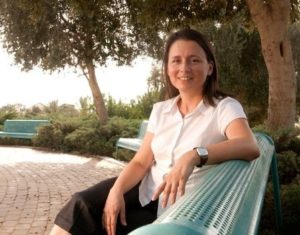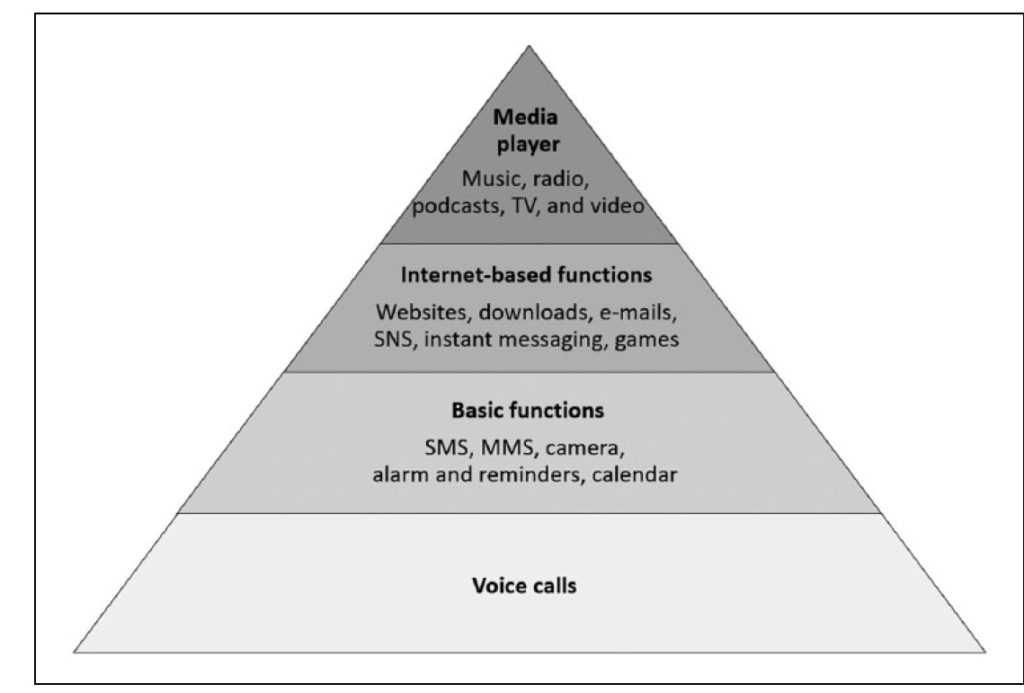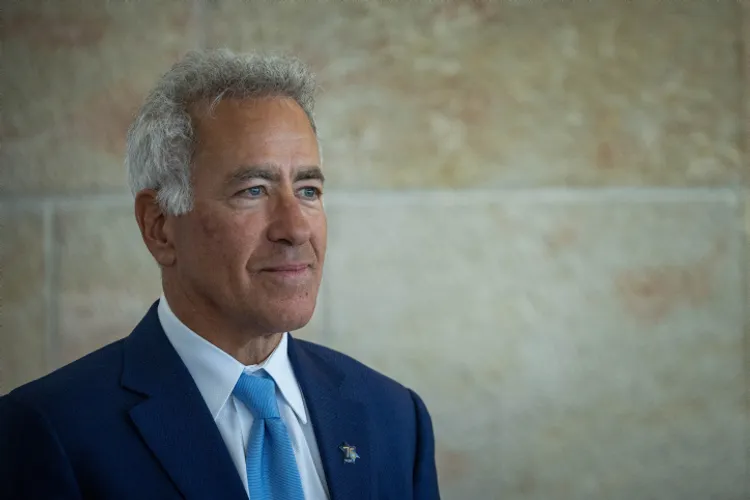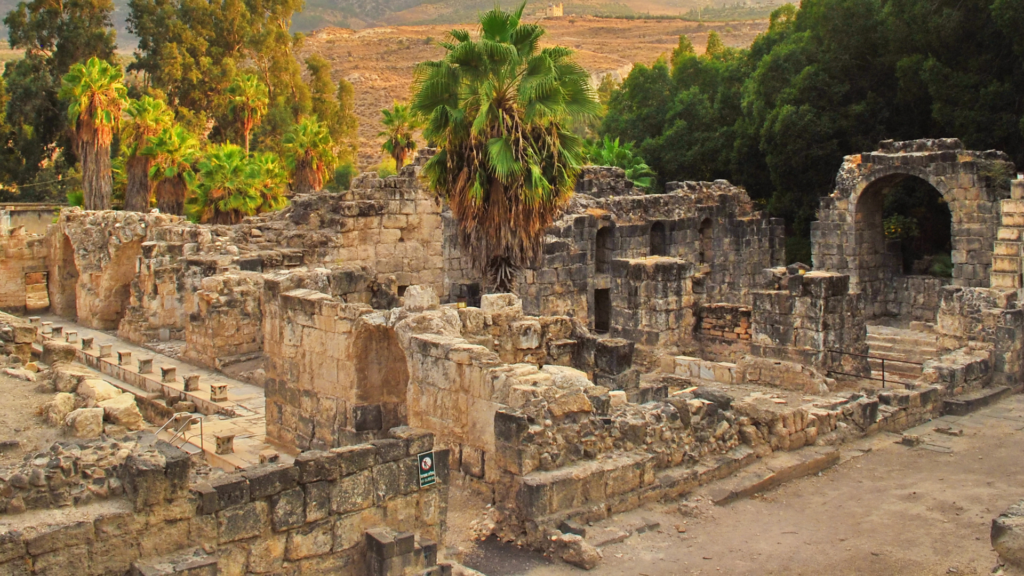
Bridging the “Gray Divide”
May 20, 2016
Press Releases, Social Sciences & Humanities
While close to 99 percent of seniors aged 65 and older in the United States and Europe use mobile phones, there appears to be a “gray divide” in how seniors use information and communication technology, according to a BGU study.
In “The Hierarchy of Mobile Phone Incorporation Among Older Users” published in Mobile Media & Communication, BGU Professor Galit Nimrod concludes that the majority of older mobile phone users “stagnate in a phase of limited use. Only a minority—typically younger, higher income and more educated seniors—access a broader range of functions. Seniors who still work to some extent also seem to make greater use of mobile phone functions.
The study, based on a survey of 1,039 Internet users over 60, delineates different levels of mobile phone incorporation. The vast majority used the phone to contact family and friends, and participants indicated that they used between one and 19 functions of their mobile phones. The most prominent uses were voice calls (87 percent) and text messages (85 percent). A fewer number took photographs (55 percent) and used alarms, calendars and reminders (37 percent). A quarter of the survey respondents reported sending images or leaving voice messages. Less than a fifth played games, used instant messaging or listened to music or podcasts.
“Acquiring mobile literacy is typically a gradual process that starts with simple usages and continues with more complex ones,” says Prof. Nimrod, of BGU’s Department of Communication Studies and the Center for Multidisciplinary Research in Aging.
Older Mobil Phone Users Can Benefit Psychologically, Physically and Practically
Research suggests mobile phones offer seniors extensive psychological, physical and practical benefits. “They help older users stay connected with children, grandchildren and friends, and provide new forms of leisure, entertainment and mental exercise that may improve emotional and cognitive well-being,” says Prof. Nimrod.
Healthcare services can also use mobile phones for health management to communicate with patients, monitor health status and deliver health promotion interventions. Seniors can take advantage of mobile phones for health maintenance and managing chronic disease. Mobile phones also function as navigators and memory aids that can help preserve independence.
Several obstacles prevent seniors from reaping the full rewards of mobile phone technology. “Most seniors need help with their new digital devices, and are fearful and anxious when they try to figure them out themselves,” says Prof. Nimrod. “They generally have problems with displays, menus and operating functions that don’t consider their special needs.” Skeptical attitudes, indifference, a perceived lack of usefulness, and the cost of mobile phones and services also hinder seniors from embracing them.
“While tutorial training and peer support, specially-designed senior phones and software add-ons are available, older adults still face formidable impediments and often find themselves excluded from cutting-edge technology user circles,” he says. “This problem, commonly called the age or gray divide, is reflected in seniors’ use of information and communication technology in general and of mobile phones in particular.”
Prof. Nimrod recommends paying greater attention to enhancing seniors’ mobile literacy and narrowing the age divide so that older individuals can take advantage of applications that can contribute to successful aging and overall well-being.
The study was based on a major cross-European audience research project conducted in the context of EU COST Action IS0906. Data was collected online in early 2013 in Belgium, Croatia, Denmark, Germany, Hungary, Israel, Italy, Poland, and Portugal.
G. Nimrod, 2016. The hierarchy of mobile phone incorporation among older users (2016-05)
DOI: 10.1177/2050157915617336
ABOUT AMERICANS FOR BEN-GURION UNIVERSITY
By supporting a world-class academic institution that not only nurtures the Negev, but also shares its expertise locally and globally, Americans for Ben-Gurion University engages a community of Americans who are committed to improving the world. David Ben-Gurion envisioned that Israel’s future would be forged in the Negev. The cutting-edge research carried out at Ben-Gurion University drives that vision by sustaining a desert Silicon Valley, with the “Stanford of the Negev” at its center. The Americans for Ben-Gurion University movement supports a 21st century unifying vision for Israel by rallying around BGU’s remarkable work and role as an apolitical beacon of light in the Negev desert.
About Ben-Gurion University of the Negev
Ben-Gurion University of the Negev embraces the endless potential we have as individuals and as a commonality to adapt and to thrive in changing environments. Inspired by our location in the desert, we aim to discover, to create, and to develop solutions to dynamic challenges, to pose questions that have yet to be asked, and to push beyond the boundaries of the commonly accepted and possible.
We are proud to be a central force for inclusion, diversity and innovation in Israel, and we strive to extend the Negev’s potential and our entrepreneurial spirit throughout the world. For example, the multi-disciplinary School for Sustainability and Climate Change at BGU leverages over 50 years of expertise on living and thriving in the desert into scalable solutions for people everywhere.
BGU at a glance:
20,000 students | 800 senior faculty | 3 campuses | 6 faculties: humanities & social sciences, health sciences, engineering sciences, natural sciences, business & management, and desert research.
For all press inquiries, please contact:
James Fattal, J Cubed Communications
516.289.1496





